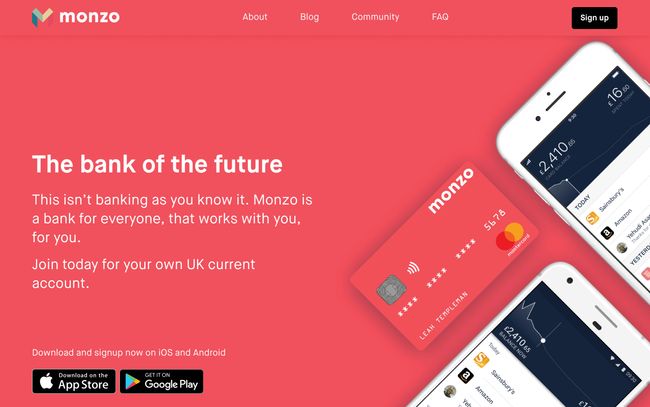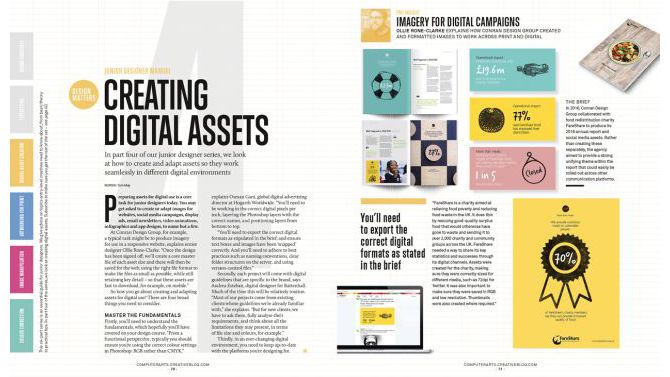applications, and how complete working applications can be produced from those models. Using the example, a developer can design simple database web applications using the familiar core concepts of UML.
Web application example
The web application example breaks the rules of DSM – but in a good cause. Most developershave seen UML used for specifying databases: classes map to tables and attributes to columns. But what if we could do without behavior altogether? Or to be more precise, if we could specify behavior once for a whole class of applications, and have each application follow that behavior guided by its own data?
Web applications vs desktop apps
We can easily name some famous desktop apps or native apps for desktop computers: Adobe Photoshop, Microsoft Word, Skype, Outlook, TeamViewer, and so on.1. Security:
Web apps could not outweigh native apps in this regard, and thus they are often not allowed to access local resources. Furthermore, native apps run locally, and they typically interact with device-specific resources, such as cameras, local documents, and so forth. But safety and security are guaranteed.2. Connectivity:
A stable internet connection is a must when you use web apps. On the contrary, desktop apps can work offline.3. Platform dependency:
This does not apply to desktop apps. And, web apps are not limited to devices or operating systems. As long as there’s a modern web browser, you can definitely use web apps.4. Installation and updates:
In order to use desktop apps, we need to download and install them on our computers. Web apps are much more simple to use. Just go to the website address on your browsers (Chrome, Firefox, etc) and you can use their services immediately.These online apps such as email clients, word processors, spreadsheets, and other programs provide the same functionality as the desktop versions. However, they have an added advantage of working across multiple platforms, having a broader reach, and being easily accessible from anywhere.




















